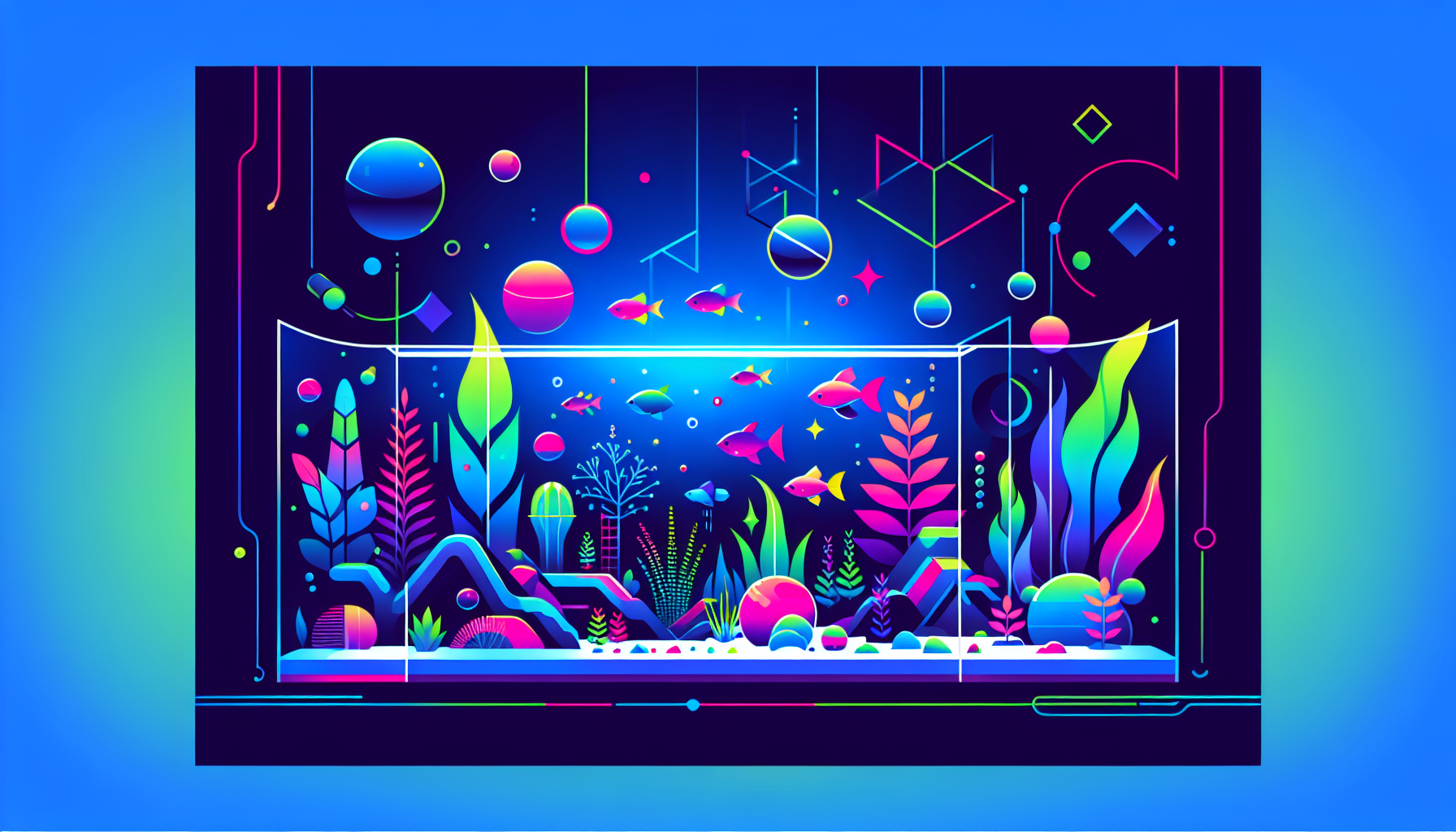The Ultimate Beginner’s Guide to Aquascaping: Tips, Techniques, and Essentials
Are you fascinated by those stunning underwater landscapes and dreaming of creating your own aquascape? Whether you want to mimic nature or unleash your creativity with artistic designs, you’re in the right place. This comprehensive guide will walk you through everything you need to know about starting aquascaping, from the basics to expert tips. Let’s dive in!
What is Aquascaping?
Aquascaping is the art of designing and arranging aquatic plants, rocks, driftwood, and other elements to create beautiful underwater landscapes within an aquarium. Unlike traditional fishkeeping, aquascaping focuses much more on visual aesthetics, balance, and plant health—turning your aquarium into a living work of art.
Why Start Aquascaping?
- Creates a natural, calming environment in your home or office space
- Boosts creativity and relaxation
- Offers a rewarding hobby with endless learning opportunities
- Improves water quality and fish health by prioritizing plants
Ready to get started? Read on for a step-by-step guide tailored for beginners.
Essential Tools and Materials for Aquascaping
Gathering the right aquascaping supplies is vital for success. Here’s what you’ll need:
1. Aquarium Tank
Start with a clear glass tank, ideally 10-30 gallons for beginners. A rimless tank enhances visibility and aesthetics, making it a popular aquascape choice.
2. Substrate
Aquarium substrate provides nutrients for plants and stability for your aquascape layout. Choose plant soils, aquasoil, or sand based on your intended plants and style.
3. Hardscape Materials
- Rocks: Seiryu, dragon stone, or granite for structure and texture.
- Driftwood: Spider wood or Malaysian driftwood for natural focal points.
4. Aquatic Plants
From beginner-friendly species like Anubias and Java Fern to carpeting plants like Dwarf Hairgrass, your choices set the tone for the entire scape.
5. Filtration and Lighting
Reliable filtration and adequate lighting are essential for plant growth and aquarium health. LED lights specifically designed for planted tanks are recommended.
6. Aquascaping Tools
Scaping scissors, tweezers, and planting tongs help to precisely place plants and hardscape elements.
Step-by-Step: How to Set Up Your First Aquascape
-
Plan Your Design
Browse our aquascaping ideas for inspiration! Choose a layout style: Nature Aquarium, Iwagumi, Dutch, or Jungle. Sketch or visualize the placement of rocks, wood, and plants. -
Prepare the Aquarium
Clean the tank and position it in a suitable spot away from direct sunlight. -
Add Substrate
Layer 1-2 inches of substrate, sloping from back to front for depth. -
Arrange Hardscape
Position rocks and driftwood to create visual interest and focal points. Follow the rule of thirds for a balanced aquascape composition. -
Planting
Use aquascaping tweezers to plant background, midground, and foreground species. Mist the plants to keep them moist during setup. -
Fill with Water
Slowly add dechlorinated water to avoid disturbing the substrate and plants. -
Install Equipment
Set up the filter and lighting. Ensure both are running smoothly.
Beginner Aquascaping Tips for Long-Term Success
- Cycle your aquarium before adding fish to establish beneficial bacteria.
- Start with easy plants like Anubias, Java Fern, Cryptocoryne, and Amazon Sword.
- Trim and tidy plants regularly to avoid overgrowth and maintain your design.
- Monitor water parameters, adjusting CO2 and fertilizers as needed for plant health.
- Perform regular water changes (20-30% weekly) to keep your aquascape pristine.
Popular Aquascaping Styles to Inspire You
Nature Aquarium
Inspired by natural landscapes, this style uses rocks and driftwood to mimic forest, mountain, or river scenes. It encourages free-flowing, organic layouts.
Iwagumi
A minimalist Japanese style focused on stone placement and negative space, typically with a limited plant selection. Learn more in our Iwagumi aquascaping guide.
Dutch Style
Characterized by dense, colorful plant groupings arranged in layers or rows, highlighting contrast and plant diversity.
Jungle Style
Chaotic yet lush and vibrant, this style embraces natural overgrowth for an untamed look. Low-maintenance and great for beginners.
Common Aquascaping Mistakes and How to Avoid Them
- Overcrowding plants or fish—stick to your local capacity limits for a healthy tank.
- Poor lighting—insufficient light can lead to weak plant growth and algae issues.
- Neglecting CO2 or fertilization—plants need nutrients to thrive!
- Ignoring regular maintenance—set reminders for water changes and pruning.
Troubleshooting: FAQ for New Aquascapers
How long does it take plants to root?
Most aquatic plants root in 2-4 weeks. Be patient and resist moving them too soon.
When should I add fish or shrimp?
Add livestock only after your aquarium is fully cycled—typically 4-6 weeks after setup. Check ammonia and nitrite levels before introducing animals.
My tank has algae. What should I do?
Algae is common in new setups. Reduce lighting duration, avoid overfeeding, and ensure balanced fertilization. Consider adding algae-eating shrimp or snails for natural control.
Expand Your Aquascaping Skills
This guide is just the starting point of your aquascaping journey. As you gain confidence, don’t hesitate to experiment with new layouts, plants, and aquascaping equipment. Check out our detailed tutorials and equipment reviews to level up your skills.
Conclusion: Start Your Aquascaping Adventure Today!
With the right tools, knowledge, and patience, anyone can transform an ordinary aquarium into a breathtaking underwater world. Whether you want a lush jungle, a zen Iwagumi scape, or a Dutch labyrinth, the only limit is your imagination. Share your progress with our community and get inspired!
Ready to begin your aquascaping journey? Browse more tips, join our newsletter, or explore our blog for expert advice and design inspiration. Happy scaping!



